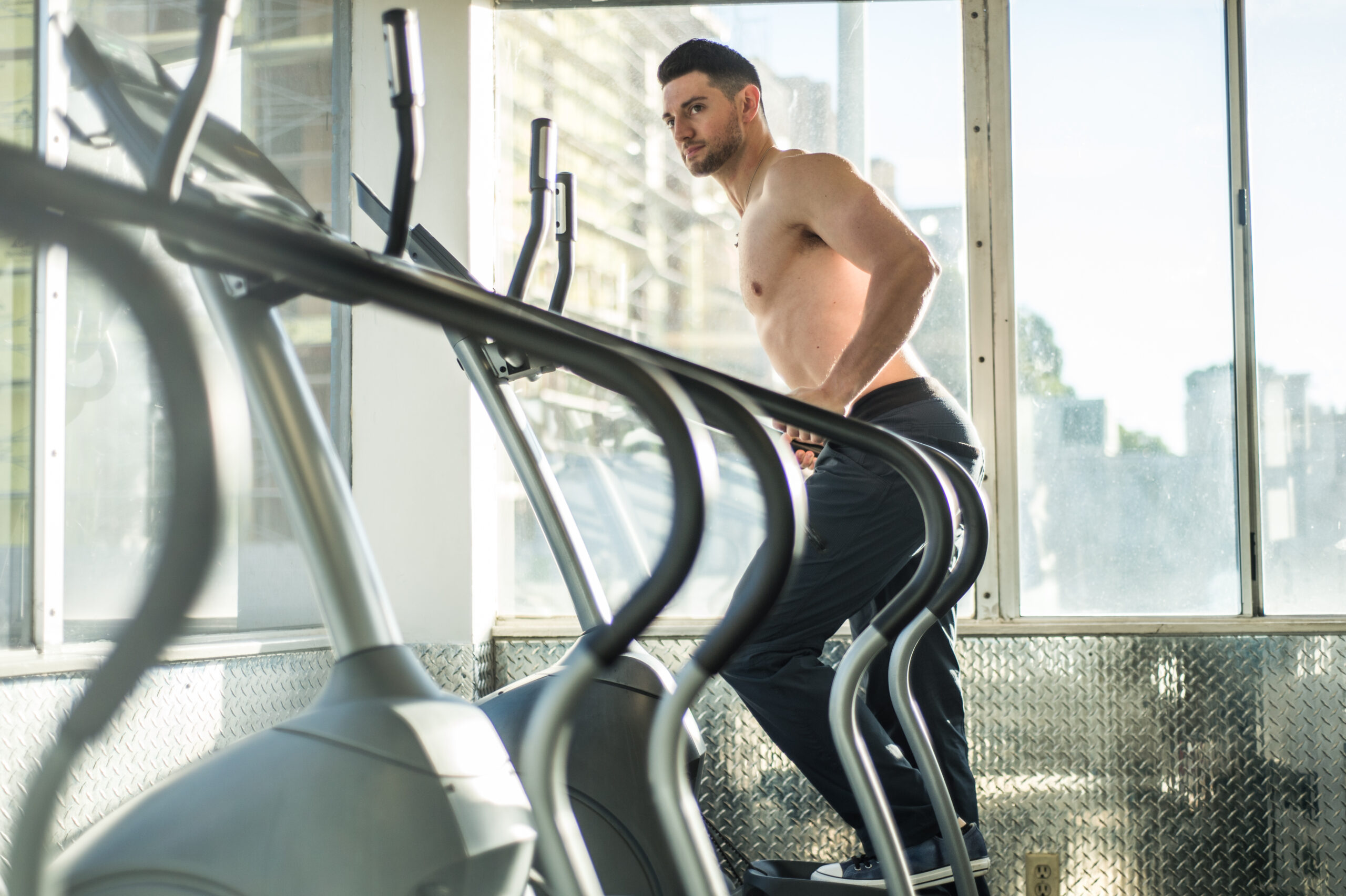
Zone 2 Cardio: The Only True “Fat-Burning” Exercise
October 24, 2020 // Fitness
Zone 2 Cardio:
The Only True “Fat-Burning” Exercise
This article will give you a much clearer target for how to burn fat using a specific cardio range.
Most times when we are exercising, we are hoping to induce fat loss.
We know that weight loss is a byproduct of a caloric deficit, but we tend to overlook the utilization of fat (adipose) tissue to fuel exercise.
Yes, you read that correctly –> there is a specific exercise intensity that uses your own fat tissue to fuel your movement.
Now that I have your attention, I’ll get straight to the point:
Zone 2 Cardio. This is where you want to spend the majority of your cardio training.
Why Zone 2? Why not turn the intensity up to Zone 5? Take a look below at the various energy systems used:
Consider your aerobic base to be equivalent to a gas tank. A biological gas tank and dispensing system where energy is exchanged for work.
This tank is dynamic, meaning it can contract or expand in how much energy it can store/produce. The larger you grow this tank, the more gas you can have and thus use to exchange for more work. Work can include: increased work output during resistance training (decreased fatiguability), quicker tissue recoverability and adaptability from training (i.e. remodeling of tissues), etc.
For more information on Zone 2 Cardio, check out this article by Sports Medicine.
Programming
First, you’ll need to learn your maximum heart rate.
Thankfully, it’s 2020 and everything can be done on the internet.
So, start here –> https://www.ntnu.edu/cerg/hrmax
The Norwegian University Science and Technology has one of the most accurate formulas, which takes into account your age, height and weight.
Once you have your MaxHR, your goal is to train your heart at 60% your max.
In my case, my MaxHR is 191 bpm, so 60% of my MaxHR is 114 bpm.
Zone 2 cardio is approximately 60% your MaxHR. To be safe, your goal is to stay within a range of 10+- bpm.
For me, my Zone 2 Cardio Range is 109-119 bpm.
Once you have your Zone 2 Cardio Range, you have three different ways to monitor your HR while exercising:
1. Wear a Polar H10 Chest Strap HR Monitor (this is what I use)
2. Use a smart watch device
3. Exercise at a 6/10 on the perceived exertion scale
You can perform this cardiovascular training on a recumbent bike, treadmill, etc. You can choose any modality you prefer – the tool is not important. For some, even walking outside at a brisk pace can yield a Zone 2 HR.
The prescription is to train in your Zone 2 HR for somewhere between 20-60 minutes, ideally at least 2-3 times per week. This should be your go-to cardio in your weekly exercise routine.
Final Thoughts
Because it feels easy, it’s tempting to ignore low intensity cardio training completely and just keep working at a higher heart rate and intensity. But this is precisely the wrong thing to do. It feels easy because power output is low, but it’s still incredibly stressful on the body to have your heart pumping at a near max rate for an extended period of time. It will also fail to result in the adaptations we are looking for (stronger heart, capillarization, more efficient mitochondria, improved fat oxidation, etc).
The goal with low intensity training is to increase your power output without your heart rate climbing above Zone 2.
If you need guidance with any of this, I’m here to help.
Email me to schedule a chat.
Note:If you missed any of the previous emails, you can find them all here on my newly updated websiteunderBlog.
Obese Patients Seeking Weight Loss Surgery To Combat Severe Coronavirus Risk
“Amid the pandemic, numerous studies have examined obesity as a risk factor for a more severe course of disease from the virus.
Obesity-related metabolic changes can result in inflammation, issues with insulin and the immune system, which can hamper the person’s ability to fight COVID-19, researchers at the University of North Carolina, Chapel Hill, previously found.”
[NYPost]
Intermittent Fasting Doesn’t Help You Lose Weight, UCSF Study Suggests
“People who were assigned to eat at random times within a strict eight-hour window each day, skipping food in the morning, lost an average of around 2 pounds over a 12 week-period. Subjects who ate at normal meal times, with snacks permitted, lost 1.5 pounds. The difference was not “statistically significant,” according to the research team at UCSF.”
[CNBC]
Staying Fit Is More Important Than Ever During The COVID-19 Pandemic

“For decades, health care professionals have cautioned people about the dangers of obesity. But those warnings have largely gone unheeded. Until recently, too many Americans viewed exercise as the ticket to a beach body—not the first line of defense against deadly diseases.
COVID-19 is finally changing that mistaken belief. Now, it’s incumbent upon health professionals to help Americans get in shape. Lives depend on it.”[Fortune]
Athletes Are Conquering Distance. Sports Will Never Be The Same.

“Pushed by technological innovations, smarter training methods and a reimagination of what’s possible, humans are discovering new heights because they’re capable of going longer.
Basketball players are shooting from deeper. Baseball pitchers are throwing faster. Golfers are driving the ball farther”
[Wall Street Journal]
The Army’s Latest Defense Tactics Are Napping, Meditation and Warm Baths

“This health regimen might seem more befitting of day spa attendees than those fighting on the front lines.
However, the self-help-esque tips aim to help mitigate injuries suffered during combat, which in turn, increases the military’s effectiveness while reducing the cost to taxpayers in terms of state disability fees.”
[NY Post]